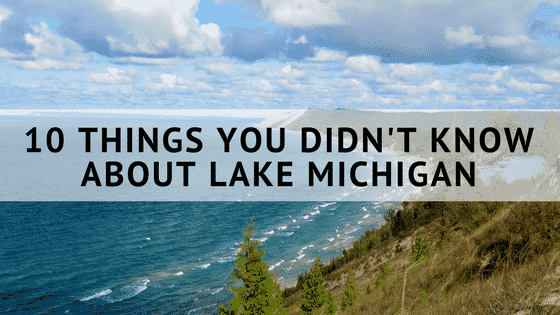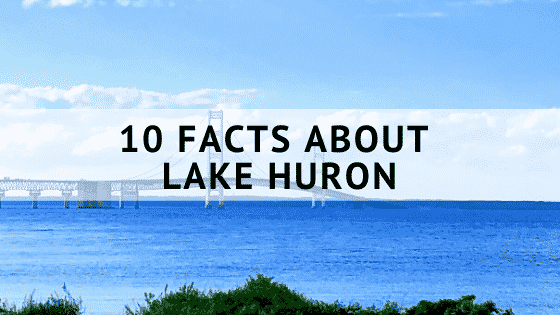One of Michigan’s biggest selling points is the Great Lakes. They are a top tourist attraction each year and the locals love them just as much. How were these natural beauties formed though? We explore this answer and some popular questions about the Great Lakes.
What are the Great Lakes?
The Great Lakes are five interconnected freshwater lakes. The lakes are along or near the United States and Canada border, with four of the five having coastline along Michigan soil.
How many Great Lakes are there?
There are five Great Lakes.
What are the names of the Great Lakes?
The Great Lakes are Huron, Ontario, Michigan, Erie and Superior. The acronym H-O-M-E-S is commonly used to remember the names of the Great Lakes.
How were the Great Lakes formed?
The Great Lakes were formed from the Laurentide ice sheet. This sheet of ice was a mile-thick and covered the northern part of the United States and much of Canada. The weight of the glacier caused tectonic plates to move and shift, which had rippling effects. The movement of the glacier and plates caused the lakes’ basins to first form.
It is estimated that Lake Superior, Lake Michigan and Lake Huron were formed due to the Midcontinent Rift. The Midcontinent Rift occurred when two tectonic plates split and crossed the Great Lakes Tectonic Zone. This caused the basins of the three lakes to form.
Similarly, Lake Erie and Lake Ontario were created when the Saint Lawrence Rift was formed. The bases for these lakes as well as the Saint Lawrence River due to this fault line.
Are the Great Lakes man-made?
No, the Great Lakes are not man-made.
How did the Great Lakes get so deep?
The Great Lakes are deep due to the heavy glaciers slowly moving north over time. The weight of these glaciers caused the now Great Lakes to become deeper as they moved.
Which Great Lake is the deepest?
Lake Superior is the deepest Great Lake. At its deepest point, it is 1,332 feet deep.
Where does the water in the Great Lakes come from?
The water in the Great Lakes originally came from the glaciers that helped form them. They melted approximately 20,000 years ago.
Are the Great Lakes freshwater?
Yes, the Great Lakes are freshwater. The water was originally from melting glaciers. The Great Lakes make up approximately 90% of the freshwater in the United States and are one of the world’s largest surface freshwater ecosystems.
Why are the Great Lakes important?
The Great Lakes are important for many reasons. One of the most known reasons is they are a source of drinking water. The lakes are also important for economic growth and help support a variety of industries including farming, energy production, manufacturing and more.
Which Great Lake leads to the Ocean?
Lake Ontario is connected to the Atlantic Ocean through the St. Lawrence River.
Which Great Lake has the most shipwrecks?
Lake Erie has the most shipwrecks of the Great Lakes. While only 375 wrecks have been found, it is estimated that over 2,000 have occurred. There are a wide range of boats, ferries, and everything in between that have sunk in Lake Erie.



